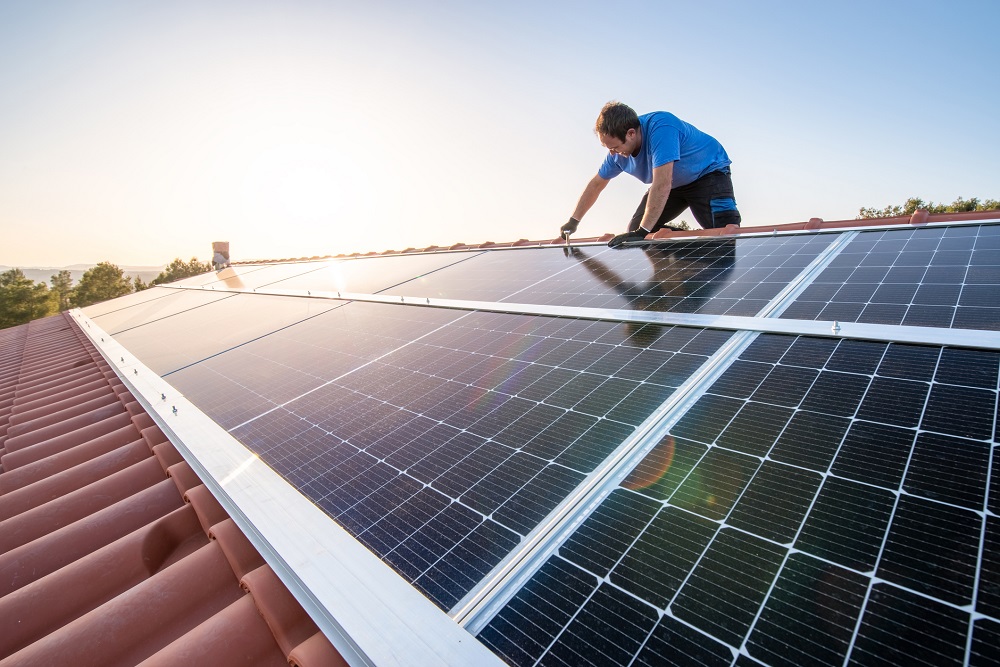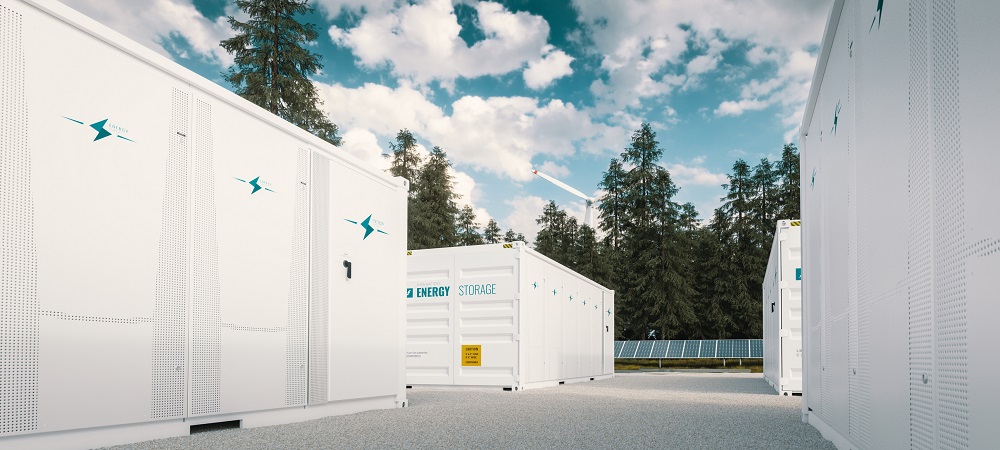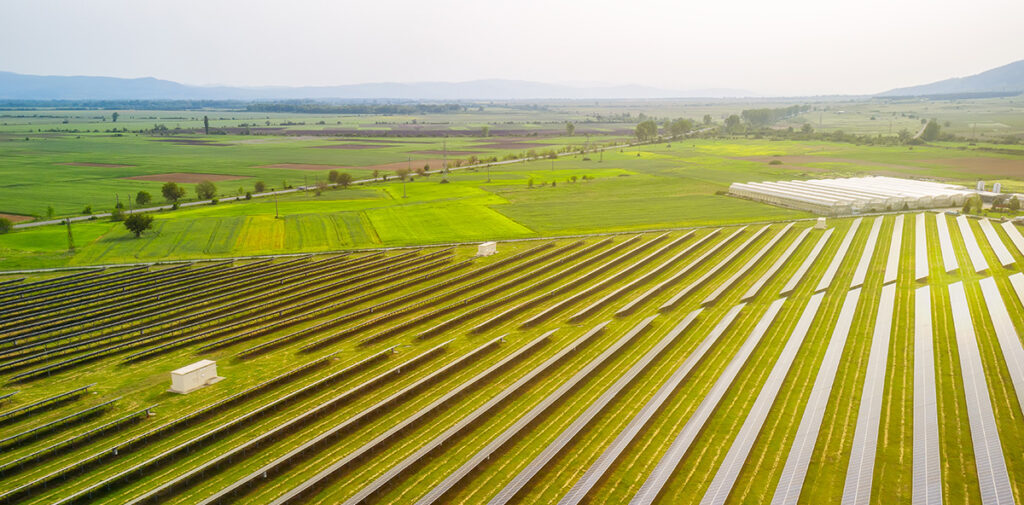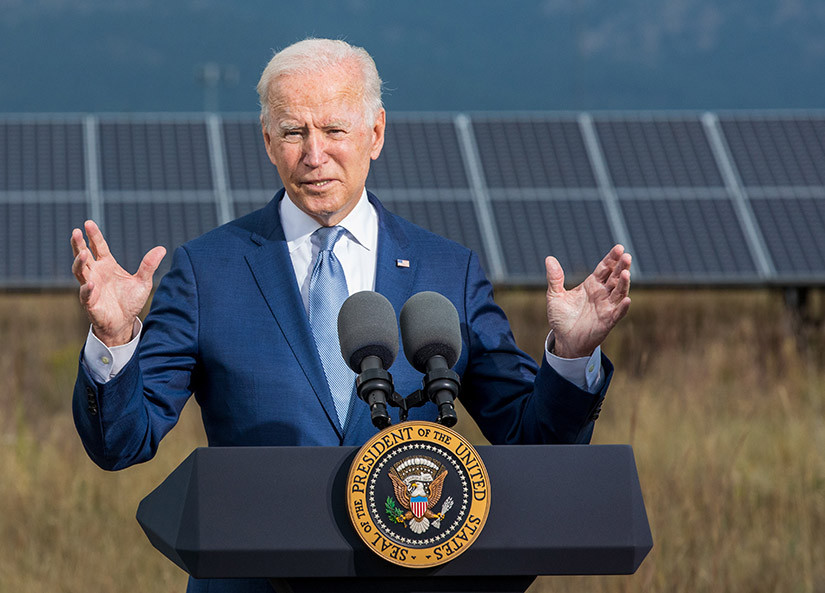Solar is more affordable, accessible, and prevalent than ever before. According to the Solar Energy Industry Association (SEIA), solar has experienced an average annual growth rate of 33% over the past decade. Solar power generation in the U.S. has grown dramatically, from just 0.34 gigawatts (GW) in 2008 to 142.3 GW of total installed capacity in 2022. That’s enough to power 25 million American homes.
Solar also generates jobs. As of 2021, more than 255,000 Americans work in solar at more than 10,000 companies in every U.S. state. In that same year, the solar industry generated nearly $33 billion of private investment in the American economy.
While these figures sound impressive, solar only accounts for just over three percent of electricity production in the United States. This percentage has been slowly rising for over a decade. Still, analysts have long pointed out that a more robust transition to solar will only happen when this renewable energy source becomes cheaper than traditional fuels. We may be nearing the tipping point, since the cost of installing residential solar has dropped by 50%, even without tax incentives.
Solar-Powered Electricity Costs Less Than Coal
The Guardian reports that a 2022 analysis, “conducted in the wake of the $370 billion in tax credits and other support for clean energy passed by Democrats in last summer’s Inflation Reduction Act, compared the fuel, running and maintenance cost of America’s coal fleet with the building of new solar or wind from scratch in the same utility region. The study found that on average, the marginal cost for the coal plants is $36 each megawatt hour, while new solar is about $24 each megawatt hour, or about a third cheaper.”
How Much Solar Power Does the U.S. Need?
In 2022, 50% of all new electric capacity added to the grid came from solar, the largest such share in history. The White House set out a target of 80% renewable energy generation by 2030 and 100% carbon-free electricity five years later. How much solar power is needed to reach this goal?
Consider that with just 22,000 square miles of land—roughly the same surface area as Lake
Michigan—solar farms could produce enough electricity to power every home and business in the country. Many of the United States’ solar panels are also installed on rooftops with essentially no land-use impacts. An estimated one in seven U.S. homes will have rooftop solar panels by 2030, reducing the land-use requirements for solar farms even further.
Take Advantage of Decreasing Solar Costs
The drastic decline in solar prices over the past few years has increased the demand for solar farms. If you’re a landowner, consider leasing your property to a solar developer. The potential lease fee could far exceed the per-acre earnings from traditional farming and ranching. Plus, solar farms contribute to the renewable energy revolution and help ensure cleaner air and water for future generations.
The abundance and potential of solar power in the U.S. is staggering. Now is the time to get involved! For help negotiating a deal with potential solar developers, turn to Scout Land Consultants. We have been helping landowners sign fair, profitable agreements since 2014.
A complimentary, comprehensive evaluation tells you how suitable your land is for solar development, so contact us today to get started!



